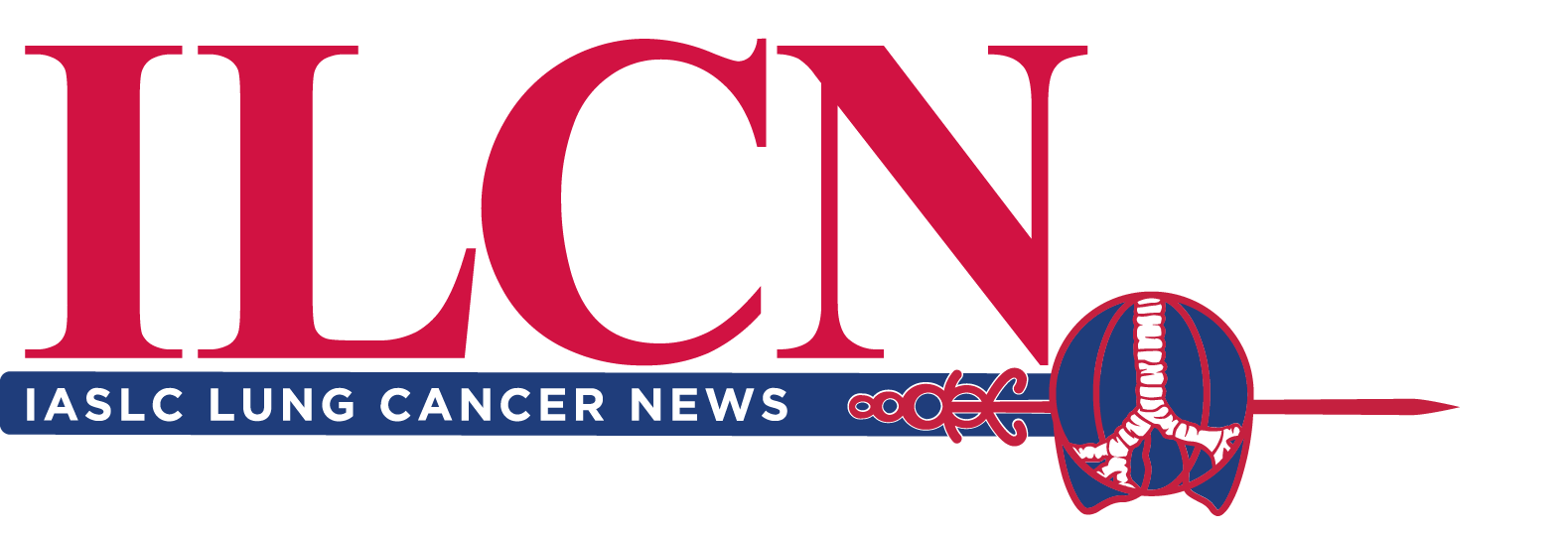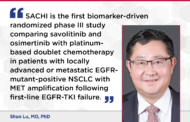Current paradigms for lung cancer screening primarily rely on risk models that incorporate smoking history and age. While nicotine exposure from smoking is an intuitive mechanistic contributor to lung cancer risk, discussions regarding age thresholds are frequently revisited.

At the 2024 World Conference on Lung Cancer, Matt Warkentin, PhD, a molecular epidemiologist and cancer researcher at the University of Calgary, Canada, shared findings showing survival benefits in older adults, including patients 75 years and older who may be on the cusp of or exceed the current age cutoffs for screening eligibility in the United States and Canada.
During the session titled New Paradigms in Lung Cancer Screening, Dr. Warkentin reviewed the current lung cancer screening guidelines in the US and Canada. The US Preventive Services Task Force guidelines, updated in 2021, recommend screening for individuals between 50 to 80 years who have a smoking history of 20 or more pack-years and who either currently smoke or have quit within the past 15 years.
He also reviewed the Canadian screening recommendations, noting that they were last updated in 2016. The Canadian Task Force on Preventive Health Care recommends screening for individuals who are between 55 to 74 years, who have a history of smoking 30 or more pack-years, as well as those who either currently smoke or have quit within the past 15 years.
In addition to the age thresholds, patients who are excluded from lung surgery due to poor health or a high comorbidity burden would not be recommended for screening.
“My argument here is that if you can use these criteria to rule out age-eligible individuals, potentially, we should be using them to rule in those that are currently outside the age limits,” Dr. Warkentin said.
The foundation of this argument is the overall survival (OS) observed in patients diagnosed with early-stage lung cancer from 2010 to 2020, as recorded in the Alberta Cancer Registry. This analysis was conducted regardless of age and focused on receipt of lung surgery. Dr. Warkentin acknowledged that receipt of surgery was used as a surrogate indicator of a patient’s fitness for surgery, due to the limitations in the information captured in the dataset.
The analyses indicated that patients in all five age groups (ages < 70, 70 to 74, 75 to 79, 80 to 84, and ≥ 85) experienced a reasonable survival benefit from early detection, although survival rates did decline with age, as anticipated. He noted that the term “reasonable benefit” could be subject to debate; however, for individuals with a favorable life expectancy, especially women, age alone should not deter the recommendation for screening.





